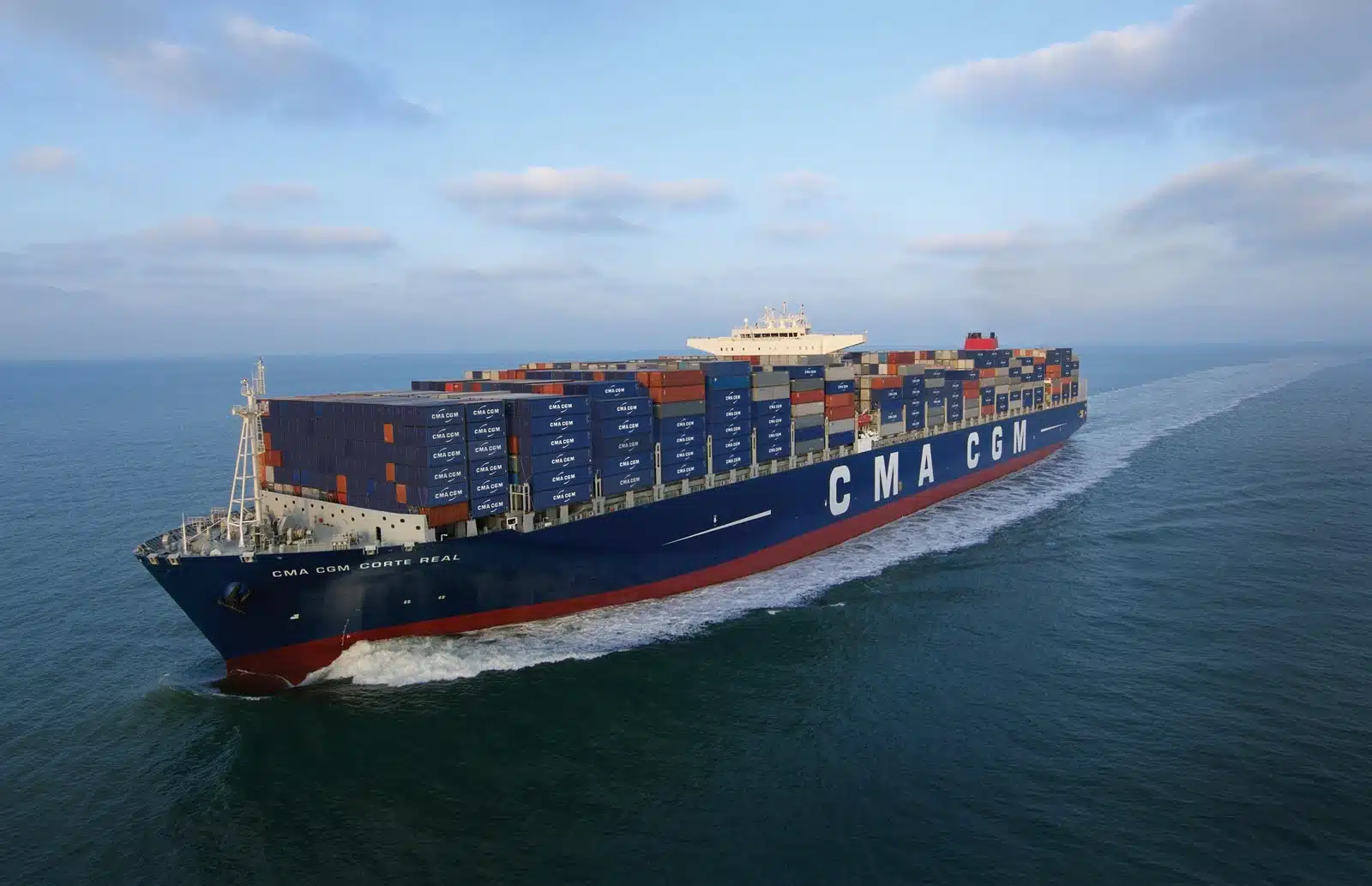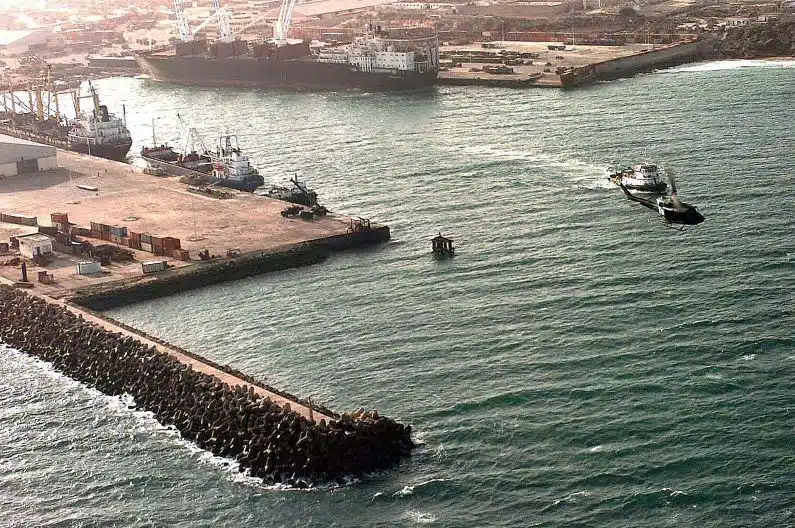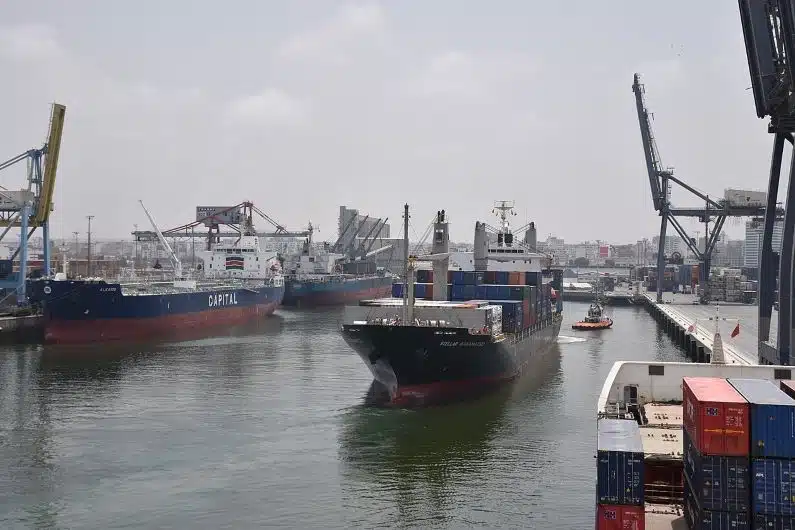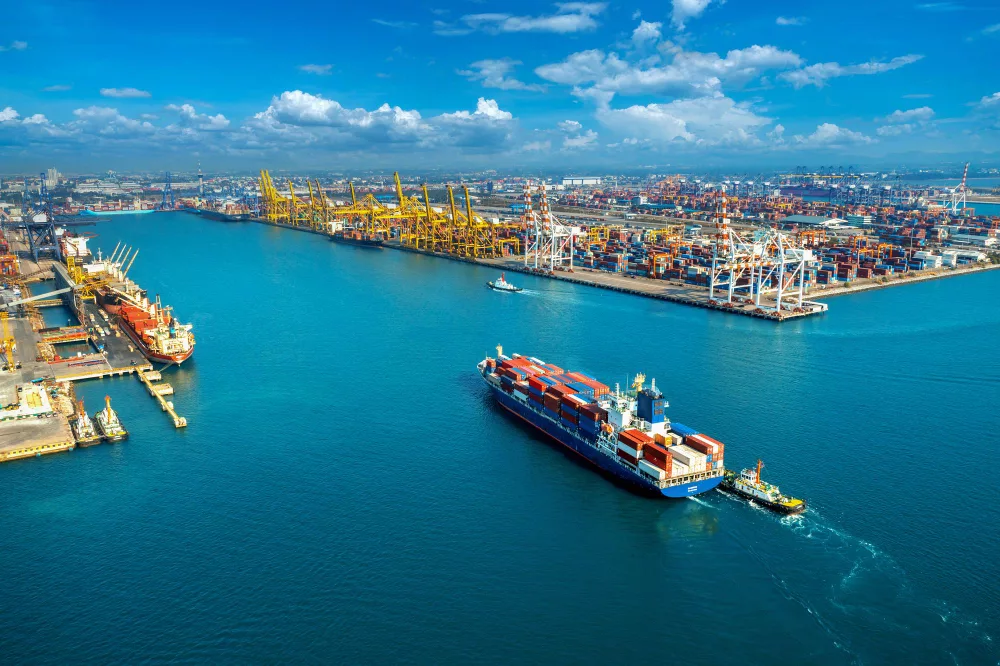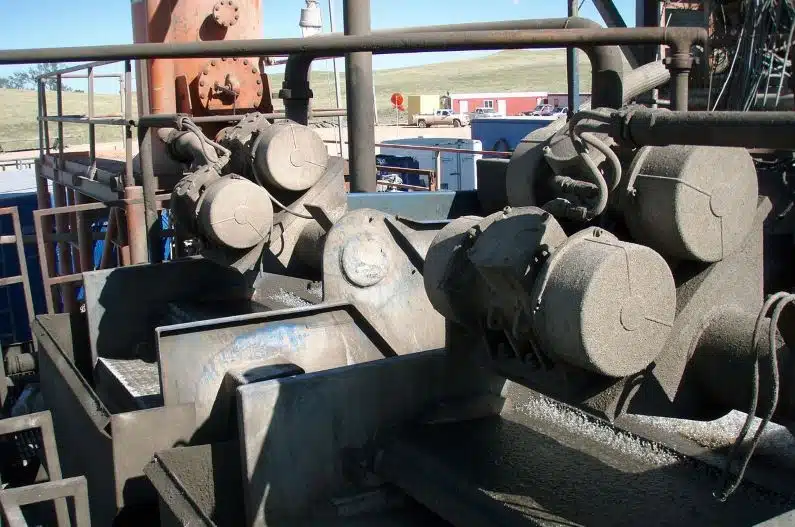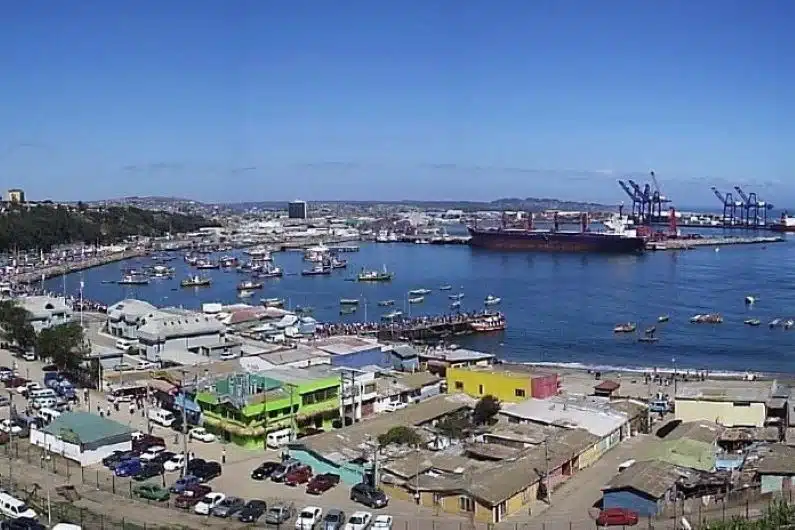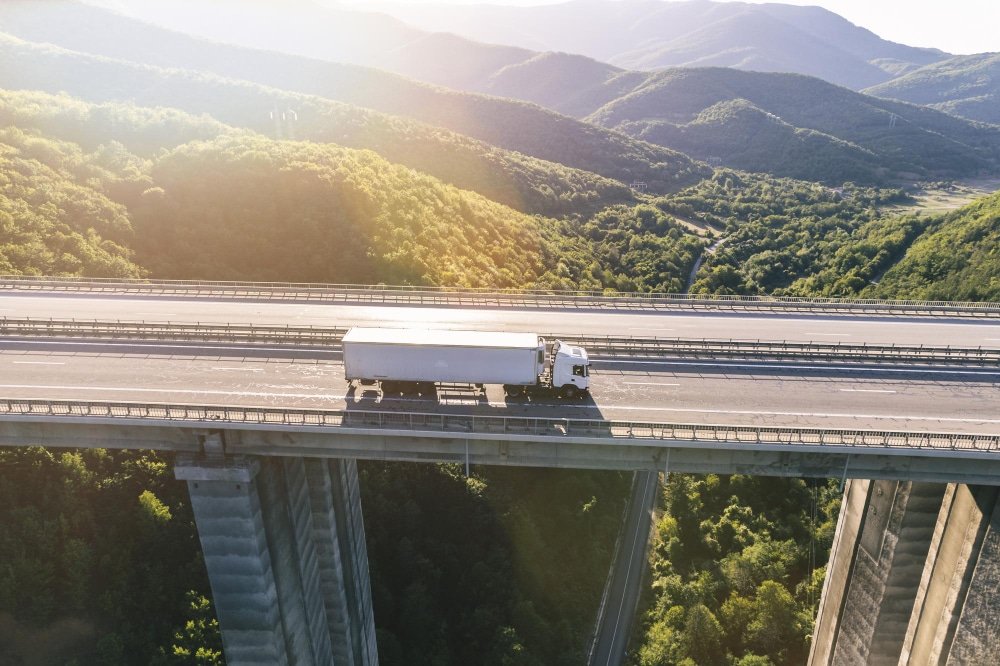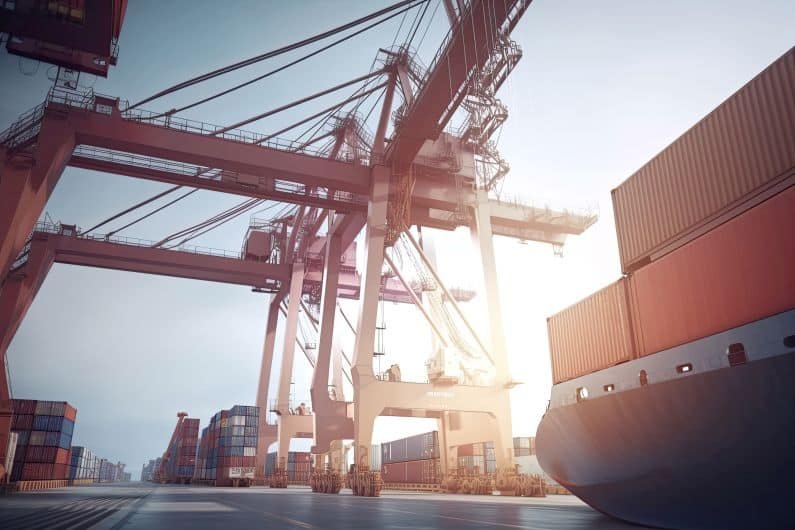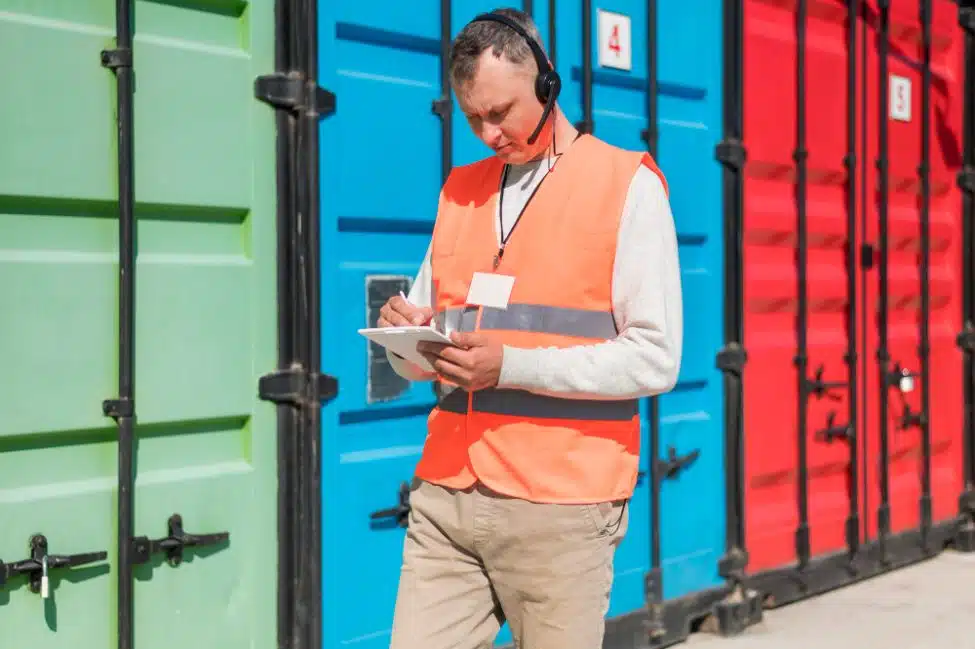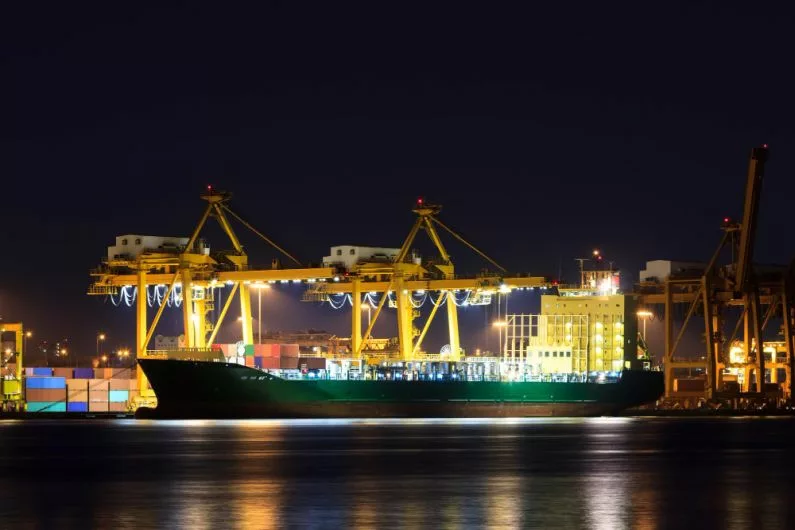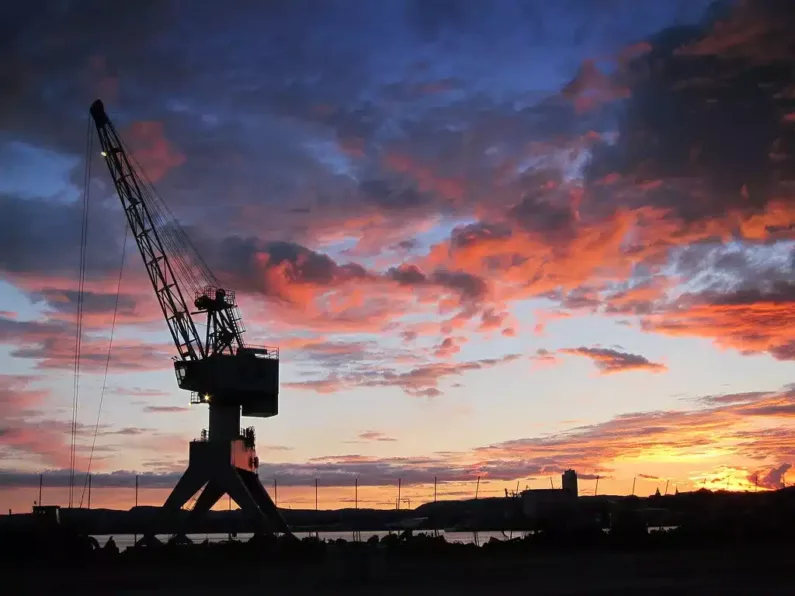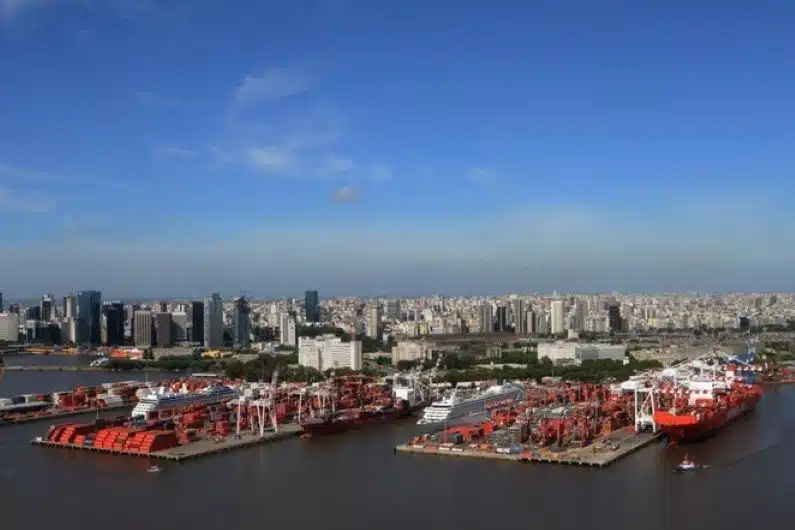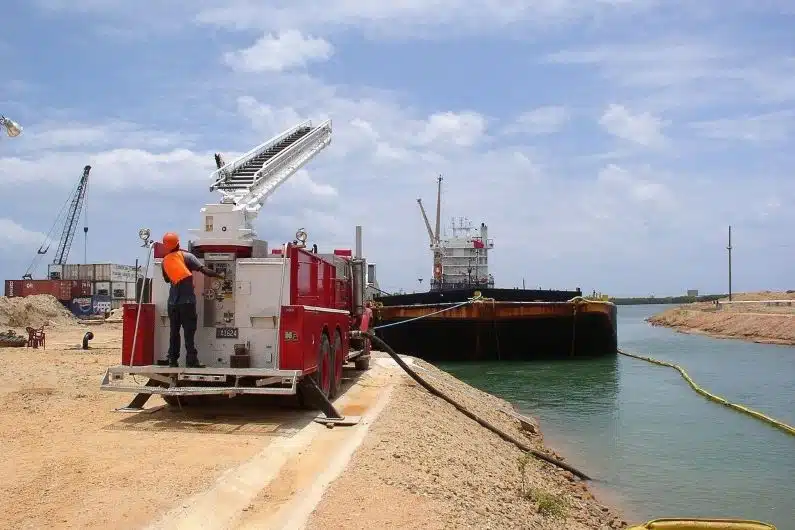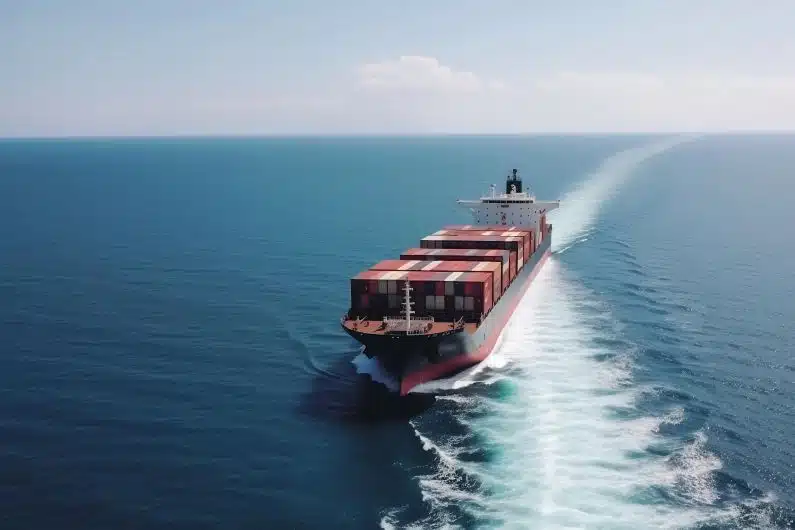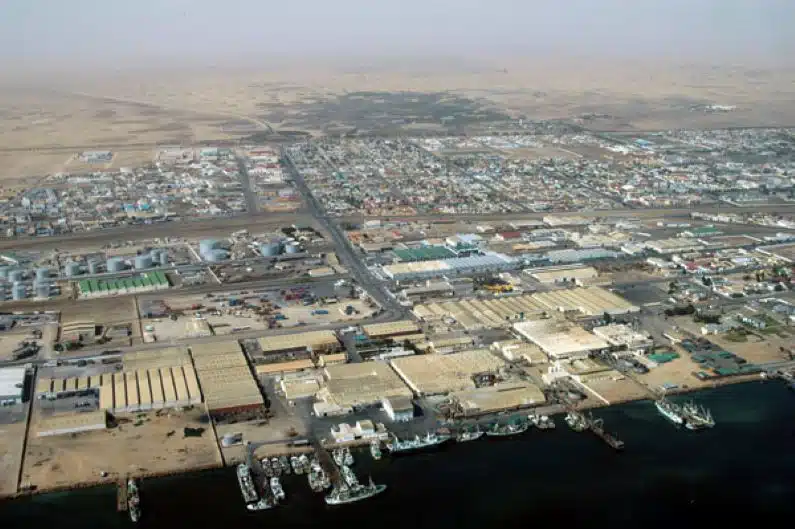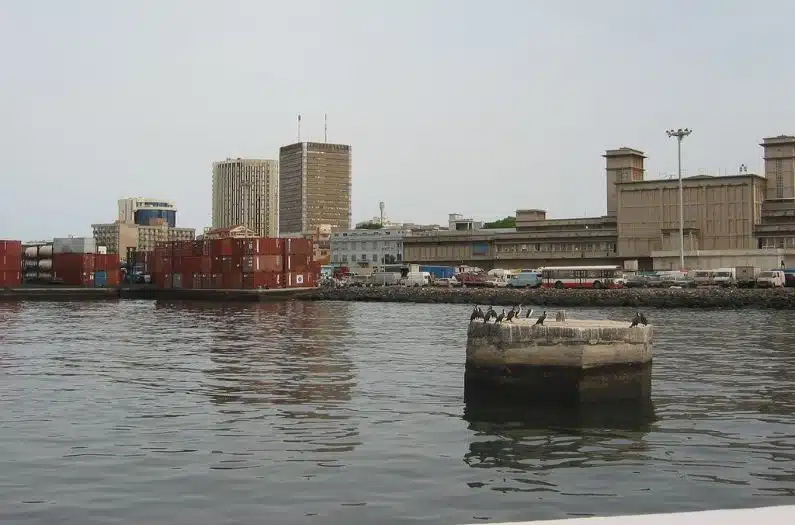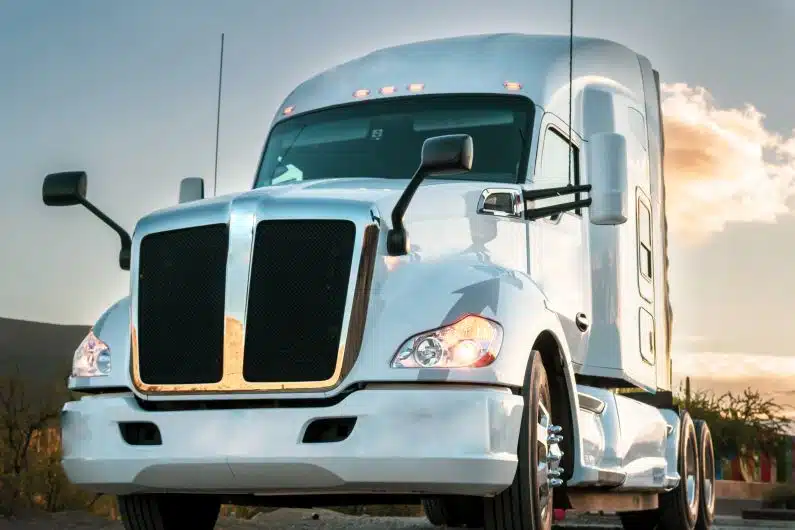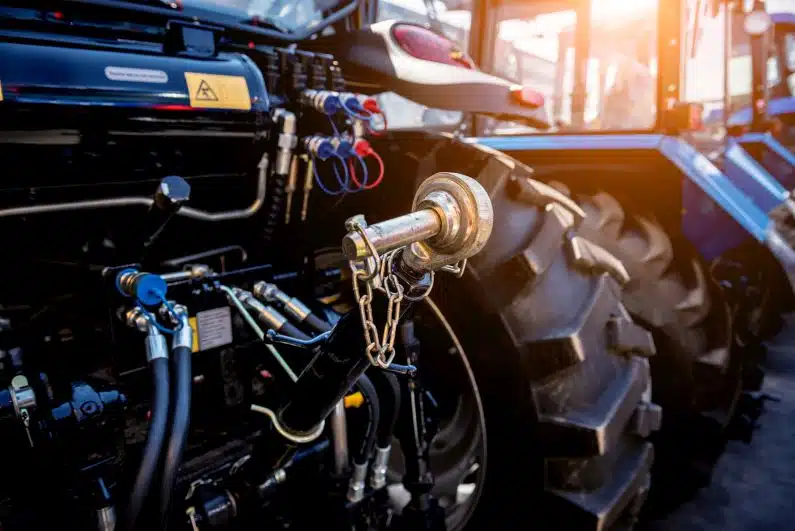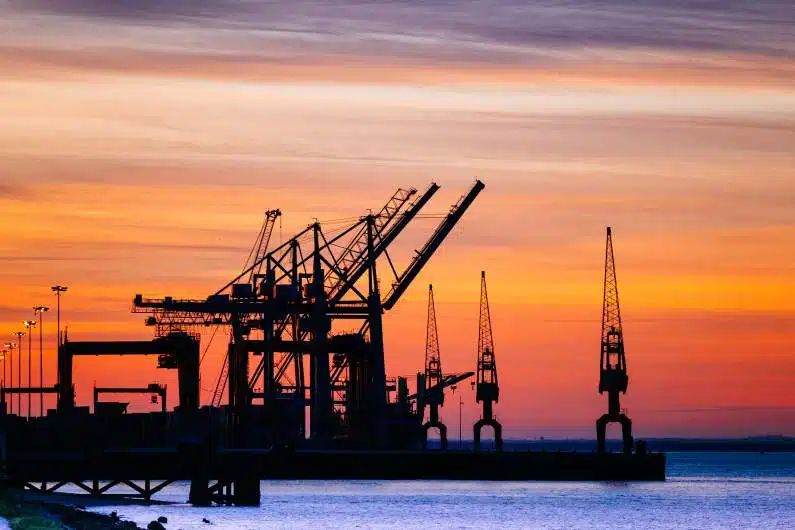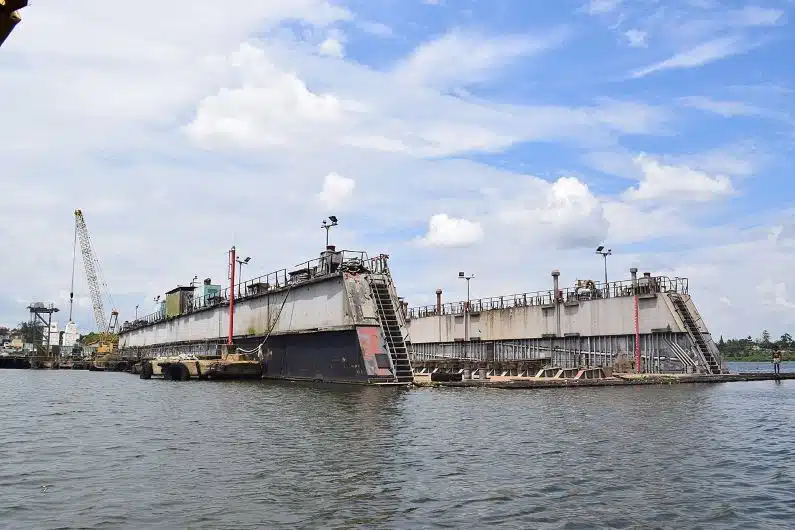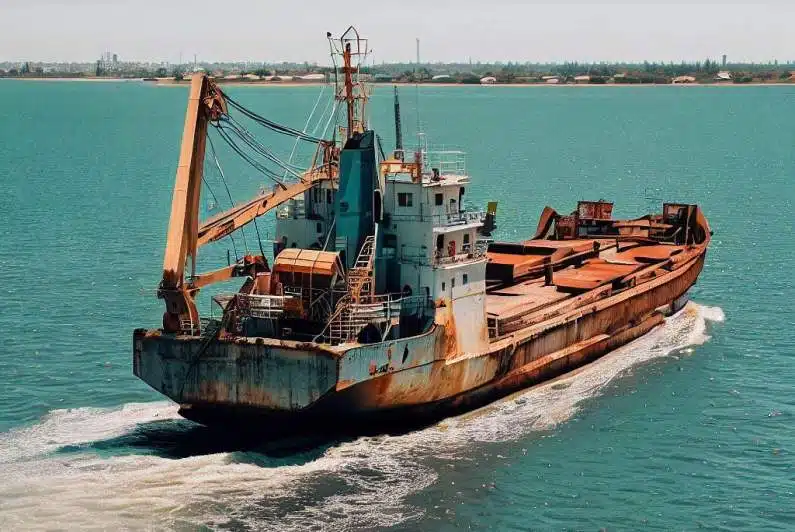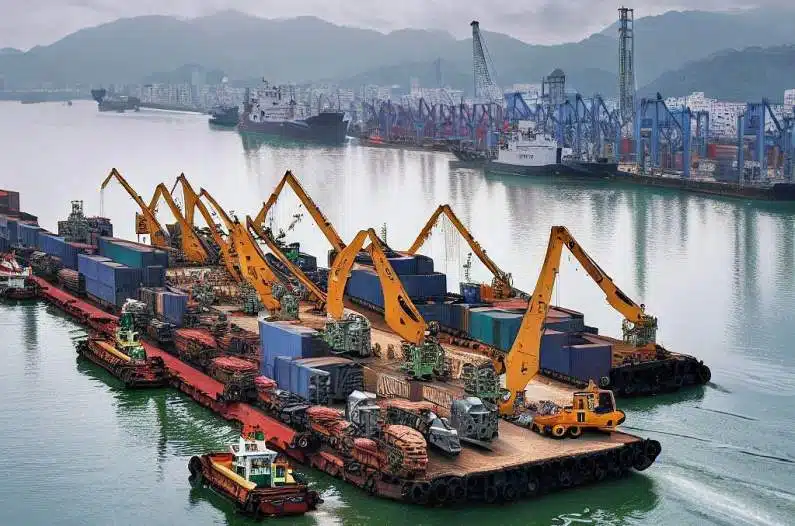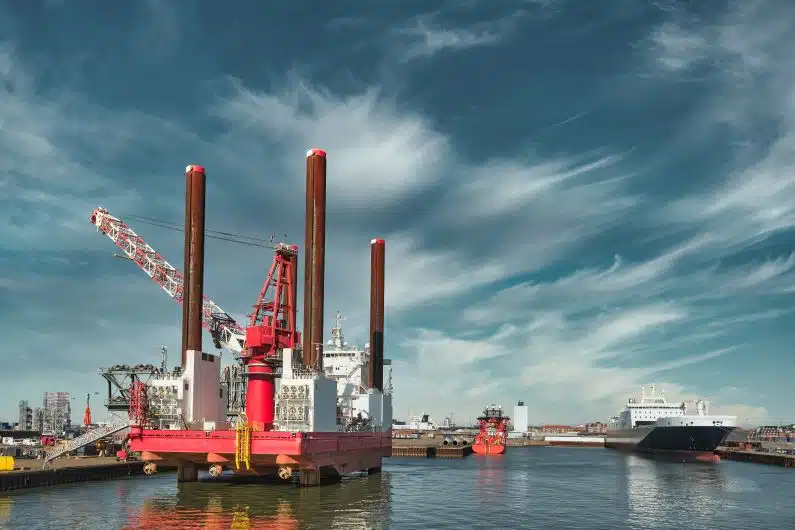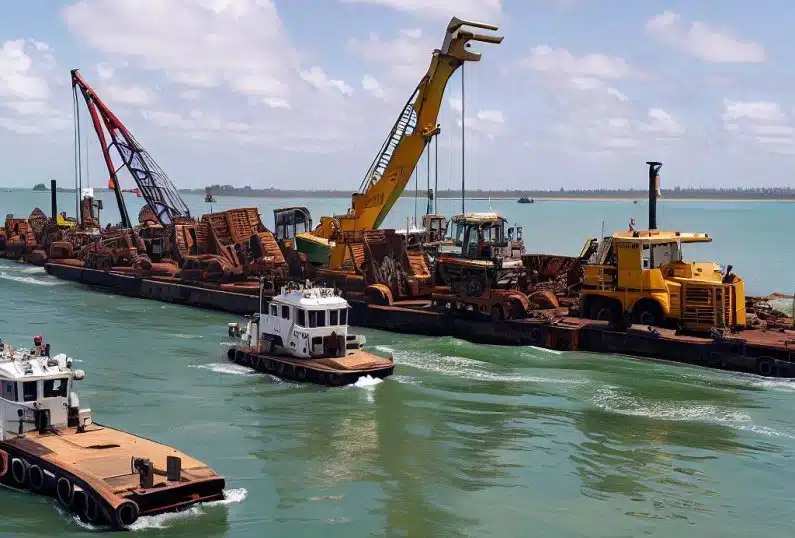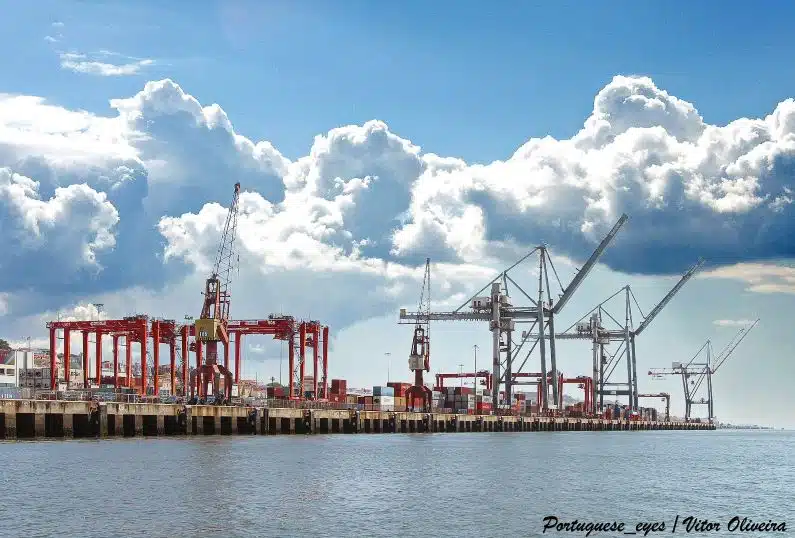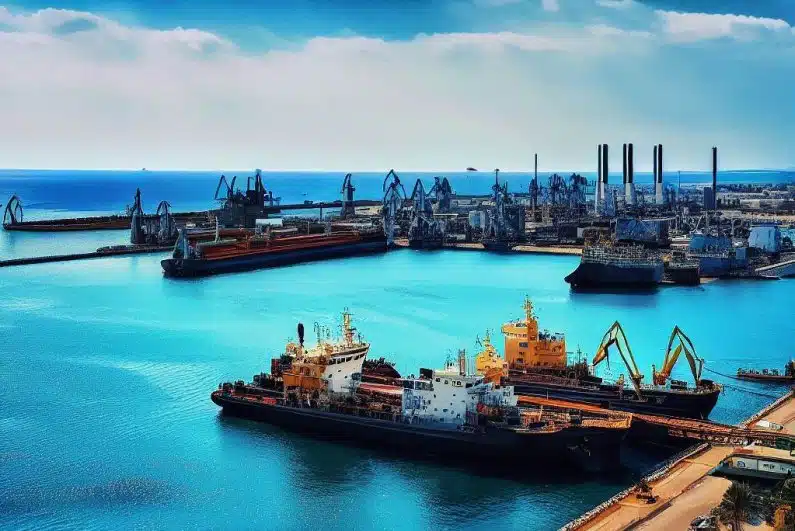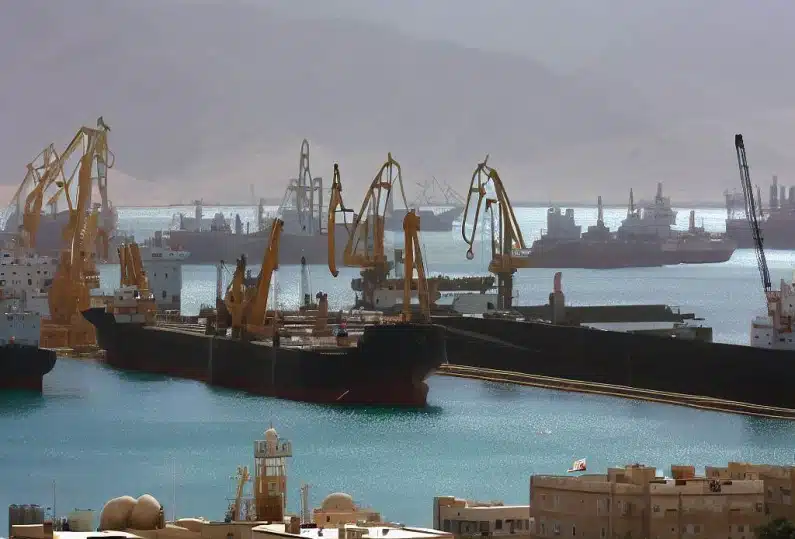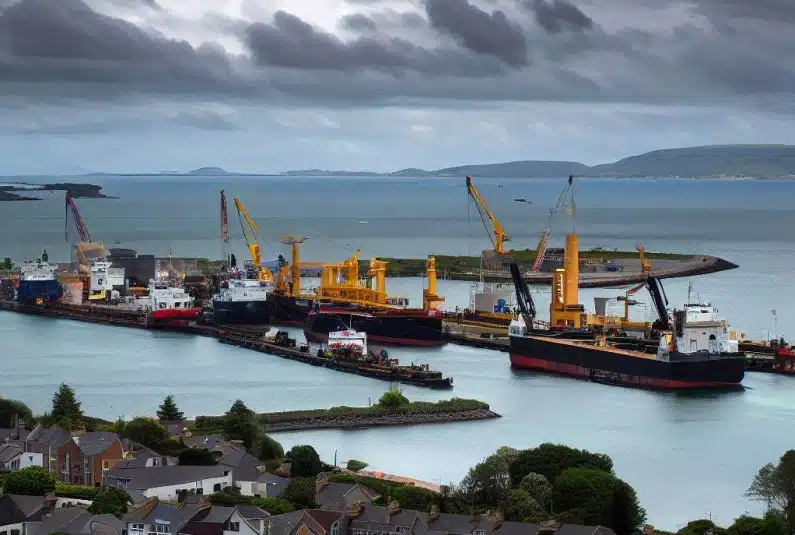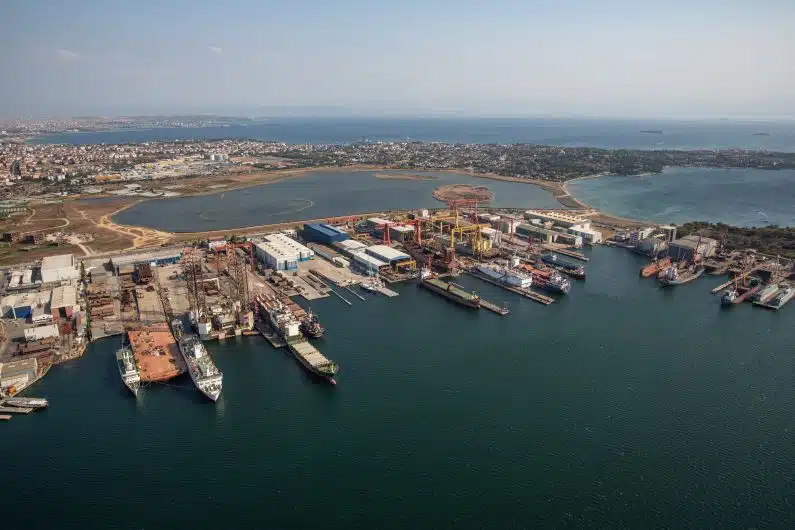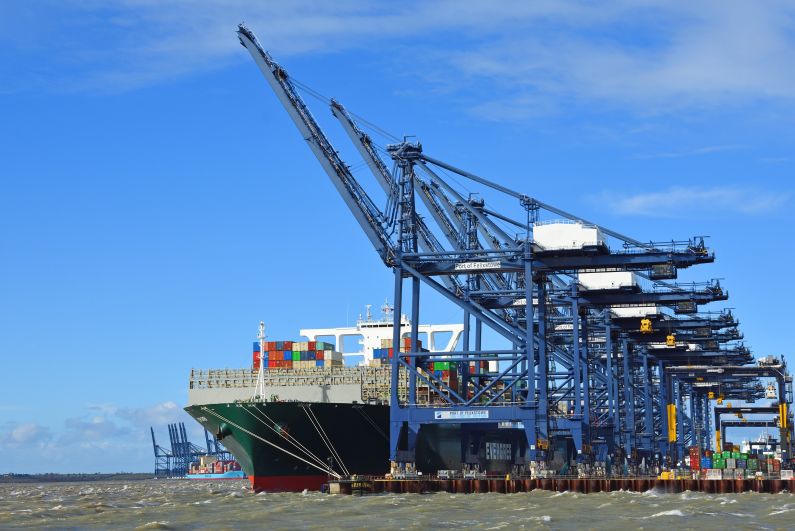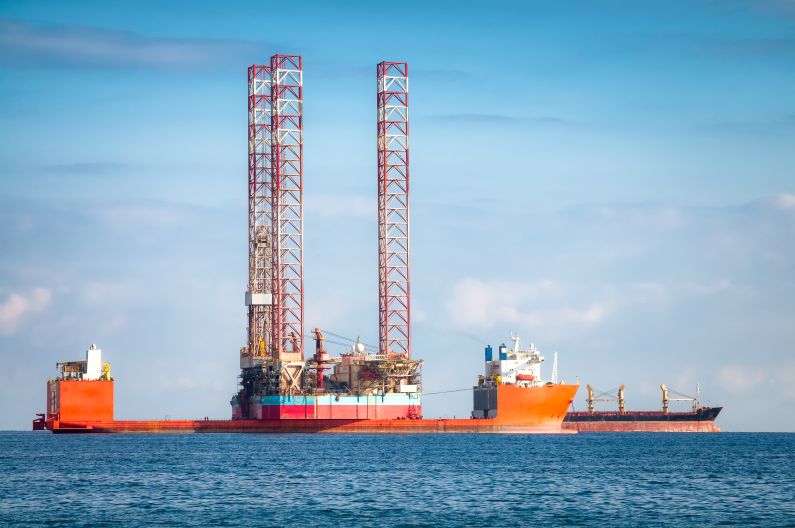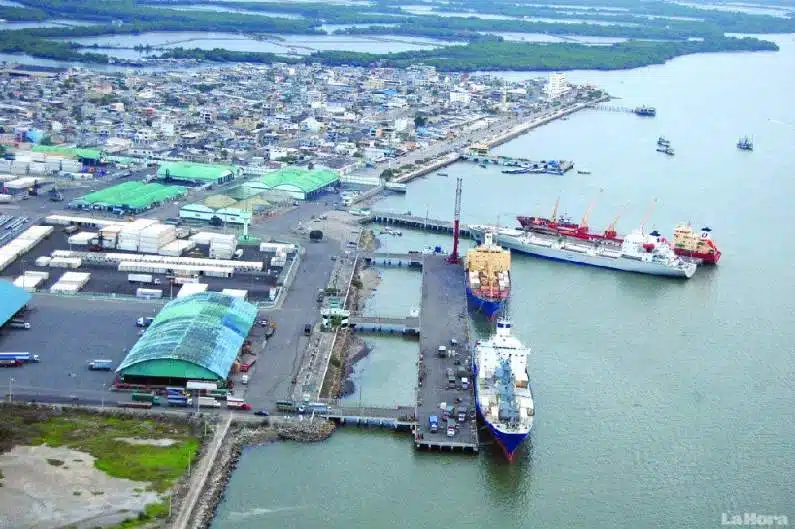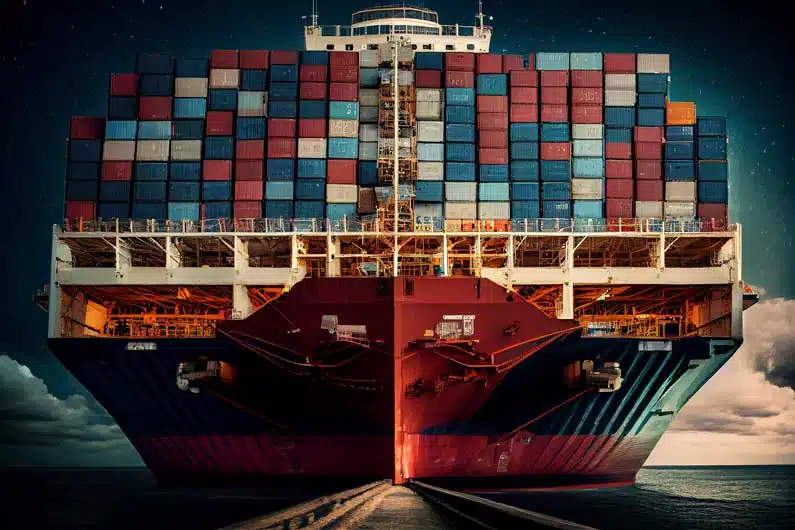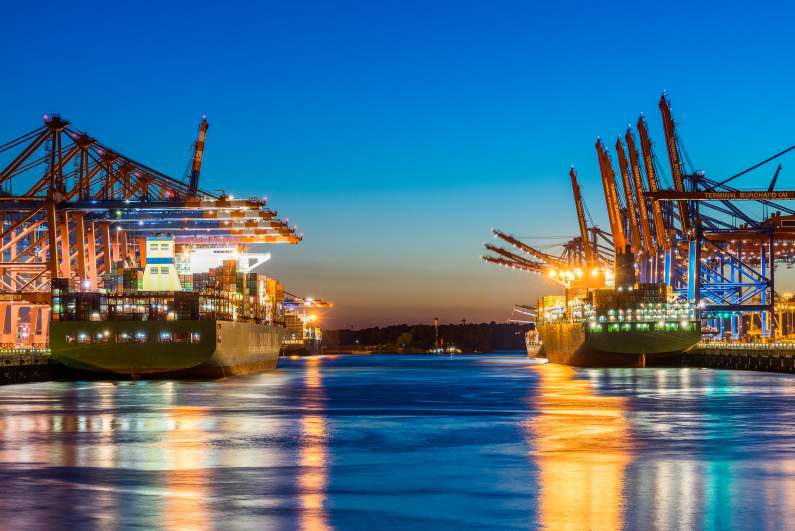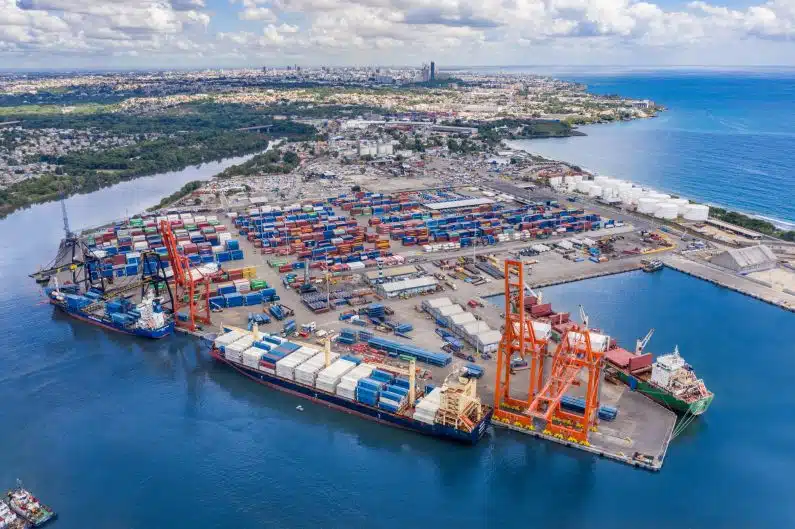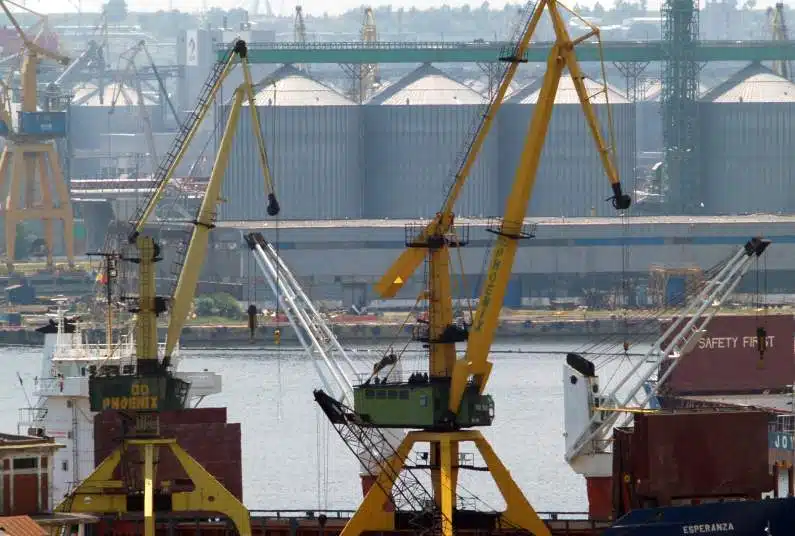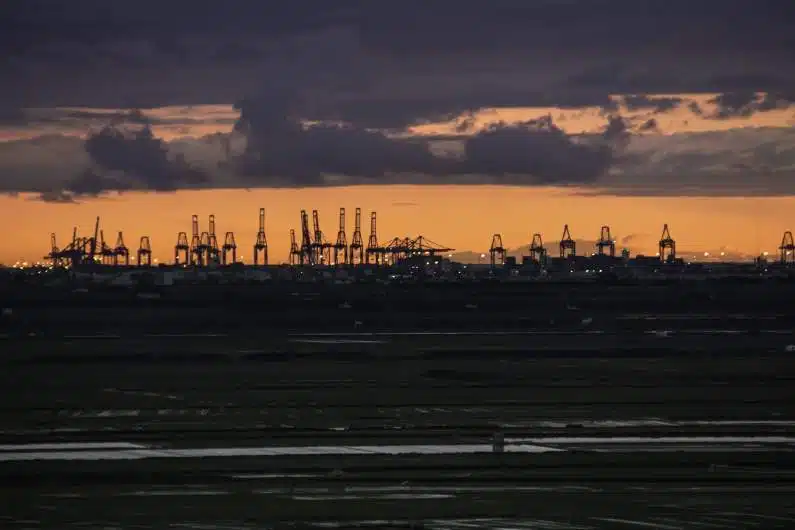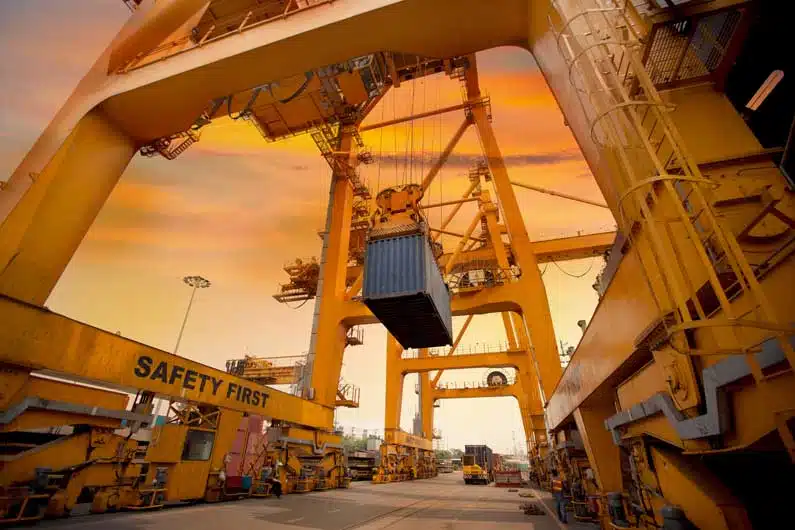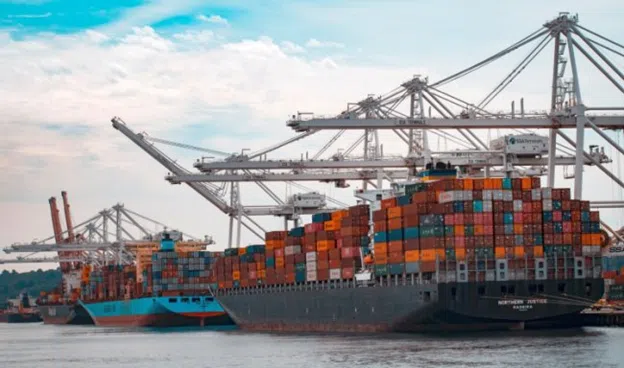Cargo ships are any type of ship or vessel that transport heavy goods and materials from one port to another. With seafreight cargo, there are a variety of cargo ships, and they are also commonly referred to as freighters. At any given time, there are thousands of cargo ships in the seas because shipping is still considered as most ideal for the transportation and transfer of goods. Beyond being the safest way to handle delicate cargo, it is also the cheaper alternative.
Freighters or cargo ships are classified by the type of load they carry and fall into one of five of groups:
General cargo vessels
General cargo vessels carry packaged merchandise. Specialized cargo vessels include container ships which carry cargo by utilizing the technique called containerization.
Container ships
Containerization is the system of freight transport using shipping containers (also known as intermodal containers) which can be loaded, unloaded, stacked, transported, and transferred.
Container ships are the most common means of freight transport and carry the majority of non-bulk cargo in 20-foot and 40-foot ISO-standard containers. They are the largest commercial vessels on the ocean with a capacity of up to 19,224 TEU.
Tankers
Tankers are vessels that carry liquids or gasses. Their capacity can range in size from several hundred tons to several hundred thousand tons.
Depending on the product, a specialized tanker will handle its transport and can be classified by the following:
- Chemical tankers
- Oil tankers
- LNG carriers (Liquefied Natural Gas)
Bulk carriers
Bulk carriers are often referred to as bulk freighter or simply bulker.
- Dry bulk carriers
Dry bulk carriers are designed to transport unpackaged bulk cargo such as grains, ore, cement, or ore.
- Breakbulk cargo vessels
Break-bulk cargo vessels are for various kinds of packaged cargo such as cement, sugar, palletised cargo paint, chemicals, timber or other manufactured goods.
Multi-purpose vessels
Multi-purpose vessels were built for the carriage of a wide range of loads including steel, wood, construction materials, paper rolls, and other bulk cargo. Multi-purpose vessels can be further categorized into four types:
- Vessels with cargo gear
- Vessels without cargo gear
- Coastal trade liners
- Sea-river vessels
Reefer ships
Reefer ships a refrigerated and transport commodities that are perishable such as meat, fish, fruit and vegetables, dairy products and other items that require temperature-controlled transportation.
Cargo Ship by Size, Dimension, and Weights
Cargo ships can also be classified based on their length, width, and weight because of the physical limitations each may have. Their dimensions determine the capability to fit in certain canals, pass through water depths, or pass under bridges.
DWT (Deadweight tonnage) is the measure of how much mass a ship can safely carry; actual weight of the ship not included. Cargo ships can be further classified by the following:
Handysize – between 15,000 to 35,000 DWT
Handymax – less than 60,000 DWT
Supramax – between 50,000 to 60,000 DWT
Panamax – between 65,000 to 80,000 DWT. It is the largest size of ships which can pass through the Panama Canal. However, due to draft limitations in the canal, its maximum cargo can only be 52,500 tons.
New Panamax – 120,000 DWT
Aframax – oil tanker smaller than 120,000 DWT
Suezmax – 160,000 DWT. It is the largest size of ship which can pass through the Suez Canal
Malaccamax – up to 300,000 DWT. It is the largest size of ship that can safely pass through the Strait of Malacca
Capesize – between 150,000 to 400,000 DWT. These vessels are larger than Panamax and Suezmax but cannot pass through the Panama Canal or the Suez Canal and have to go through the Cape of Good Hope and Cape Horn.
VLCC (Very Large Crude Carrier) – supertankers between 150,000 and 320,000 DWT
ULCC (Ultra Large Crude Carrier) – supertankers between 320,000 and 550,000 DWT
Seawaymax – between 10,000 to 60,000 DWT. It is the largest ship size that can fit through the canal locks of the St. Lawrence Seaway.

